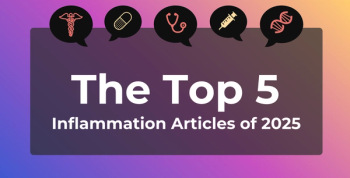
With Wealth Comes "Weekend Warrior" Exercise Habits, Study Finds
Those in the lowest income category had consistently light levels of activity, the study found.
People at higher income levels are more likely than the poor to get recommended levels of exercise—but they achieve it through bursts of activity after long stretches of sitting, according to a new study.
In the study, which appeared this week in Preventive Medicine, the “weekend warrior” phenomenon was most common among those earning at least $75,000 a year. Data from US adults who took part in the National Health Examination Survey were assessed for household income and activity level, and whether they met recommended physical activity guidelines over a 7-day period or over a 2-day period over the course of a week.
Current
Those in the highest income category were 1.6 times more likely to meet the guidelines in the 2-day period and 1.9 times more likely to meet them in the 7-day period than people earning less than $20,000 per year. Those in the lowest income group were less likely to engage in rigorous activity but also less likely to be completely sedentary than the upper income group; they engaged in light activity.
The upper income group had 4.6 more minutes per day of moderate activity but also 11.8 minutes per day of sedentary time than the lowest-income group, the study found.
Cramming physical activity into just a few days isn’t recommended, according to the US
Data released with the recommendation showed that the number of minutes walked per week rose along with education level, suggesting that those with more means tend to have more opportunity to exercise. Poverty can deter exercise if it is not safe to walk outside.
Reference
Shuval K, Qing L, Gabriel KP, Tchernis R. Income, physical activity, sedentary behavior, and the “weekend warrior” among US adults [published online August 10, 2017]. Prevent Med. 2017; https://doi.org/10.1016/j.ypmed.2017.07.033
Newsletter
Stay ahead of policy, cost, and value—subscribe to AJMC for expert insights at the intersection of clinical care and health economics.







































